Final farewell to site which recorded city's proud history
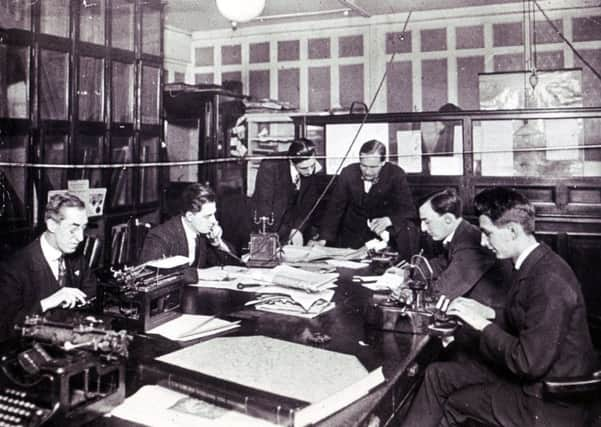

We are packing up and moving to The Balance on Pinfold Street, just a few minutes walk from where we are now.
It will be a huge improvement for our journalists, including basic requirements such as decent heating and lifts that work.
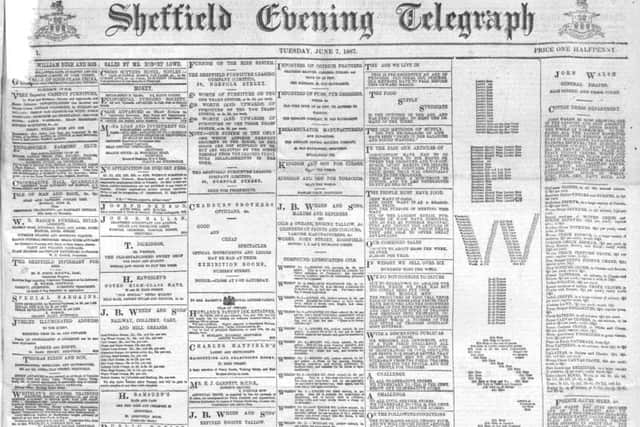

Advertisement
Hide AdAdvertisement
Hide AdBut it is also a momentous moment for journalism in Sheffield.
This site on York Street is where many Sheffield titles were born including the Sheffield Daily Telegraph in 1855 and The Star, which was originally called the Evening Telegraph and dates back to 1887.
The current Star and Telegraph building is on the site in Hartshead from which James Montgomery first published The Iris in 1794 which lasted for 54 years. A plaque on the wall commemorated Montgomery’s achievement.
The Sheffield Telegraph was on the site of newspapers that had gone before and was squeezed in among ramshackle buildings that included a malthouse, stable, workshops, swine hulls and bakehouse.
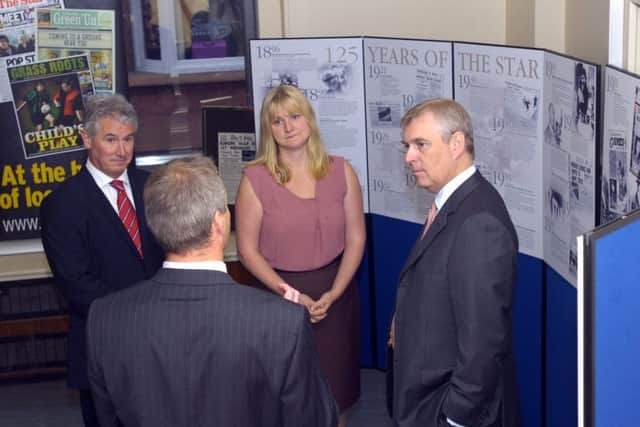

Advertisement
Hide AdAdvertisement
Hide AdAll around it, papers came and went and, though the Telegraph had many problems, it became firmly established as one of the five or six major provincial newspapers in the country.
It was bought by Frederick Clifford and William Leng in 1863.
There were plenty of big stories, not least the Great Sheffield Flood and what became known as the Sheffield Outrages.
There were echoes of the Leng days a century later when, in 1963, the Telegraph’s editorial columns disclosed malpractice within Sheffield City Police Force. At a subsequent public inquiry the Telegraph was lauded with praise for exposing how cruelly prisoners had been treated. It became known as The Rhino Whip Affair.
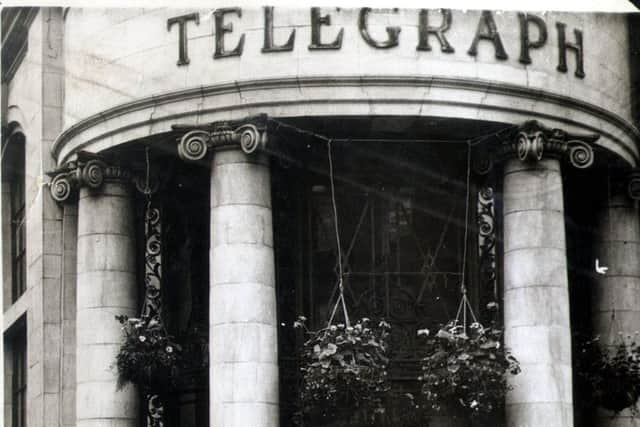

Advertisement
Hide AdAdvertisement
Hide AdIt was natural that success should persuade the firm to consider creating offshoots and the most significant of these was its move into evening paper journalism with the establishment of a paper that would eventually become The Star.
At that time, the front office was on High Street, further down from the corner of York Street, with the printing works at the back going along Aldine Court.
There was a brief newspaper war between the Evening Telegraph and its only local rival, the Evening Star, but within a year the Telegraph swallowed The Star and the merged paper began to be published under the joint title, Telegraph and Star.
Among the contributors were Wilkie Collins, Sir Arthur Conan Doyle, Alexander Dumas, Rider Haggard, Louis Stevenson and Emil Zola.
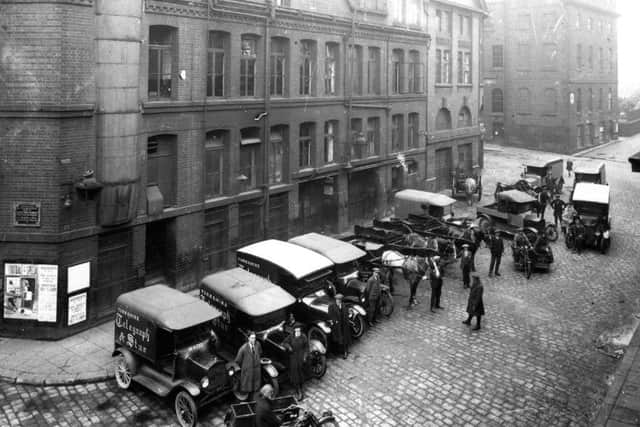

Advertisement
Hide AdAdvertisement
Hide AdThere were other notable firsts: the first use of wireless as a reporting aid was by The Star in 1922 in reporting the presidential address to the Sheffield Wireless Society in order that a special edition of the paper could be circulated to the meeting before it ended.
But while the white collar workers had a degree of comfort, the works was a hot and gloomy place.
In 1925, the papers were acquired by Kemsley Newspapers and belonging to a nationwide group of newspapers brought with it a national news service and fast picture transmission.
It was around that time that one of the great mysteries of the Hartshead site was revealed.
Advertisement
Hide AdAdvertisement
Hide AdBy accident a tunnel was discovered underneath the building.
After an extensive investigation, it was claimed that it was a long lost tunnel to Sheffield Castle.
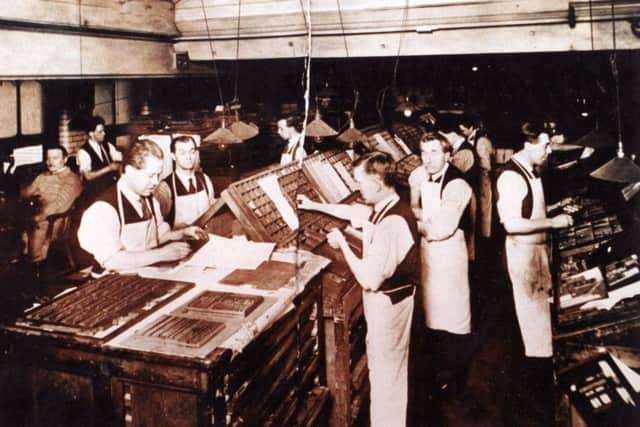

A new building was proposed further back on York Street, but the war intervened. The High Street building survived the Blitz but only just.
It was only when the Thomson Organisation bought the papers in 1959 that the new building went ahead. It is now much past its best.
Advertisement
Hide AdAdvertisement
Hide AdThe building which has recorded all of Sheffield’s most important events will become apartments in coming months.
The Telegraph has been printed at a plant on the site of the former Dinnington colliery for more than a decade.
Marking the end and start of another era, this week’s Telegraph is the last to be written in York Street.